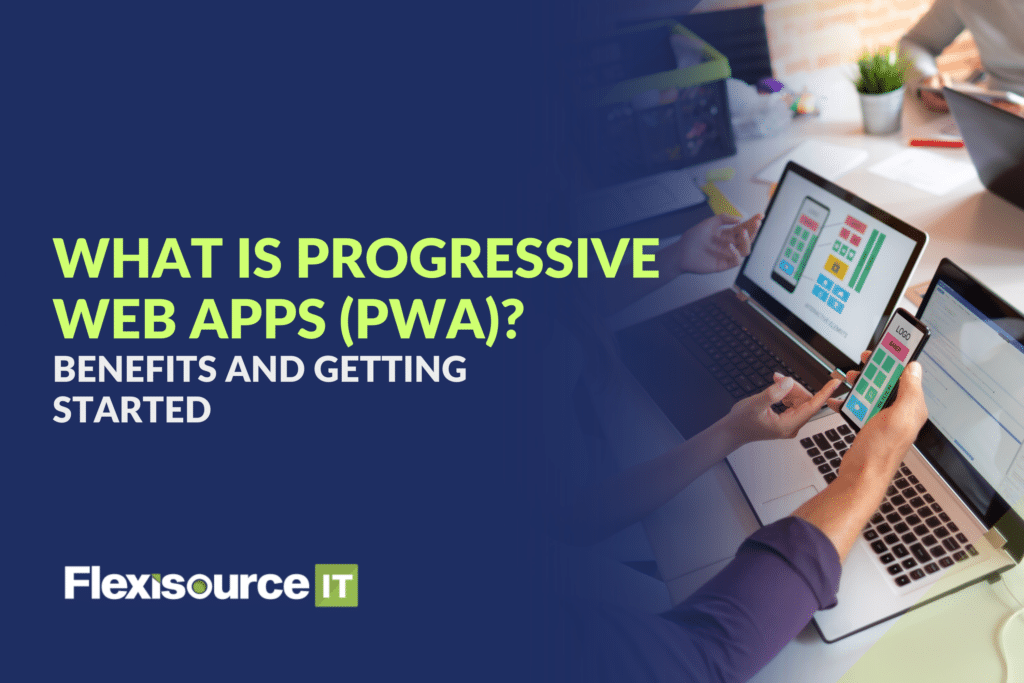What is a Progressive Web App (PWA)? Benefits and Getting Started
Businesses constantly seek innovative solutions to engage users, enhance experiences, and optimise costs. Progressive Web Apps (PWAs) stand out as a revolutionary approach, blending the best features of web and […]
What is a Progressive Web App (PWA)? Benefits and Getting Started Read More »






